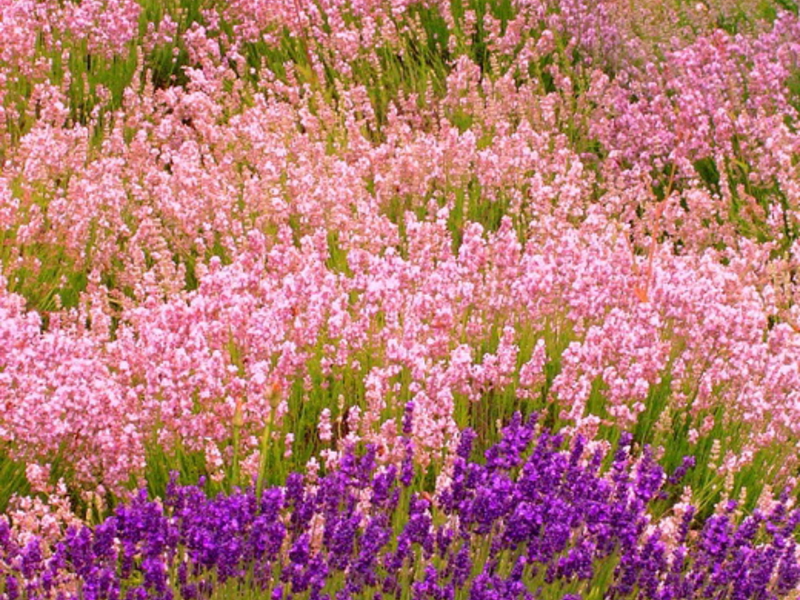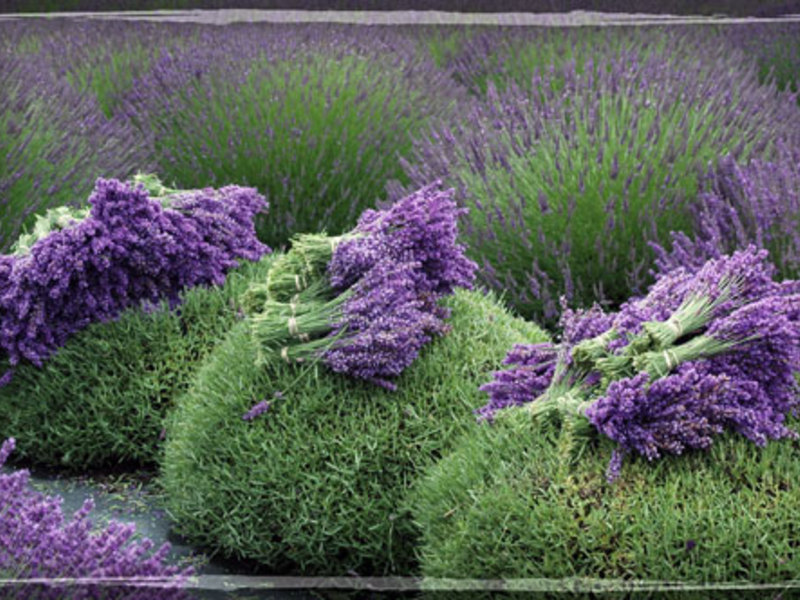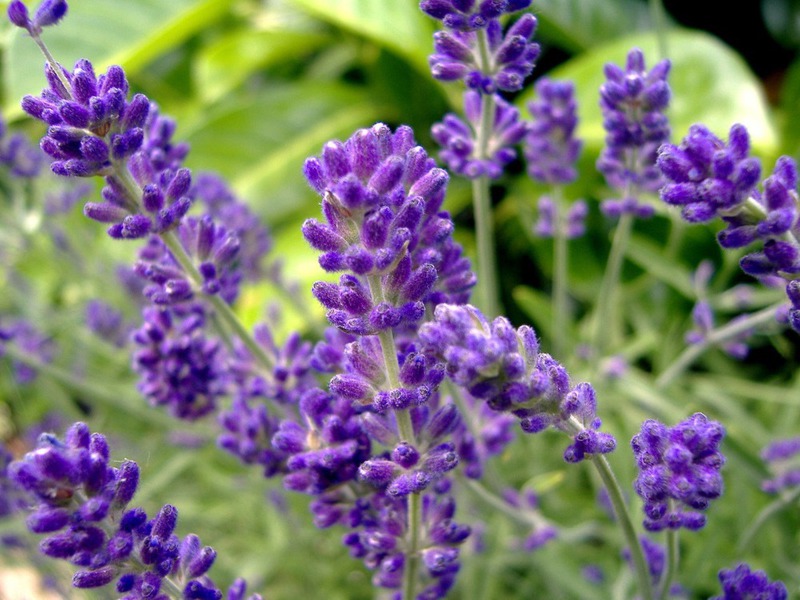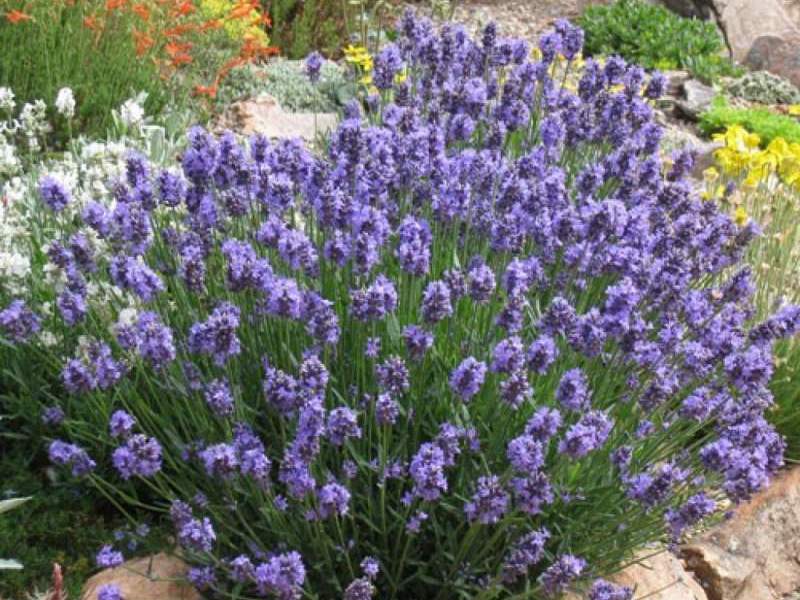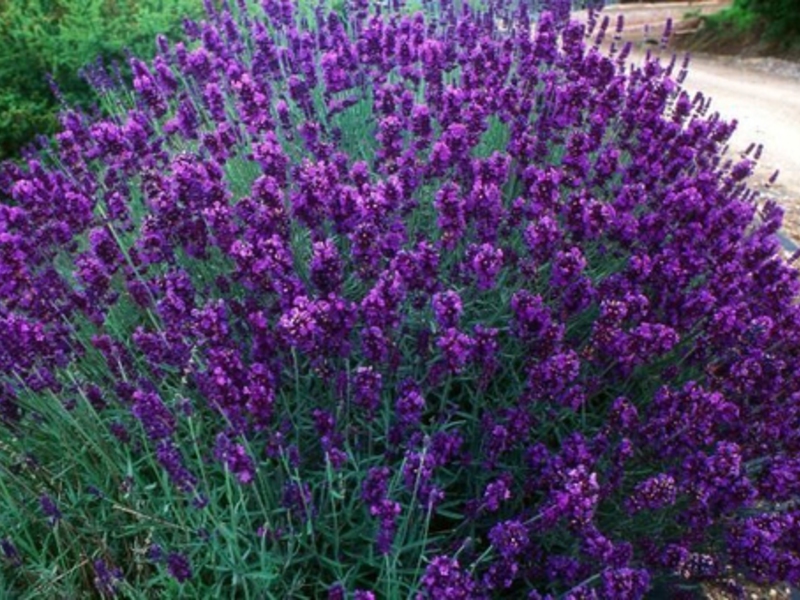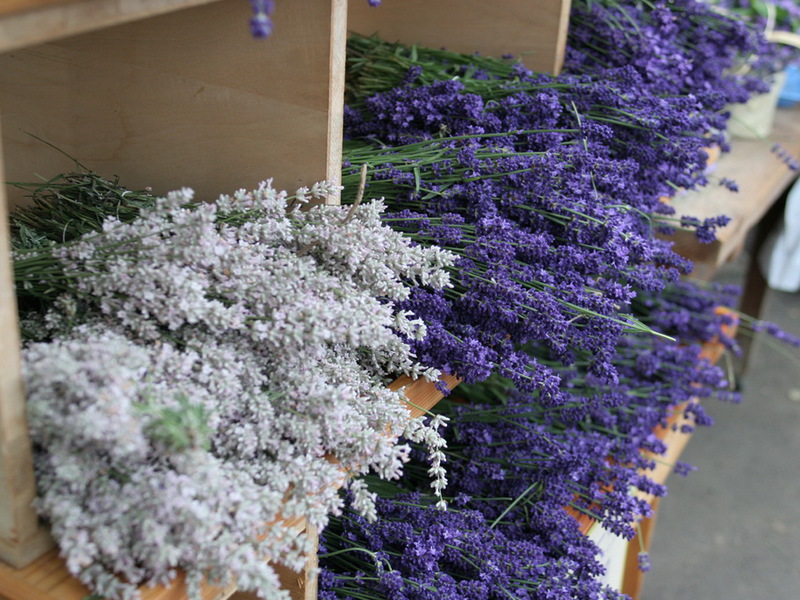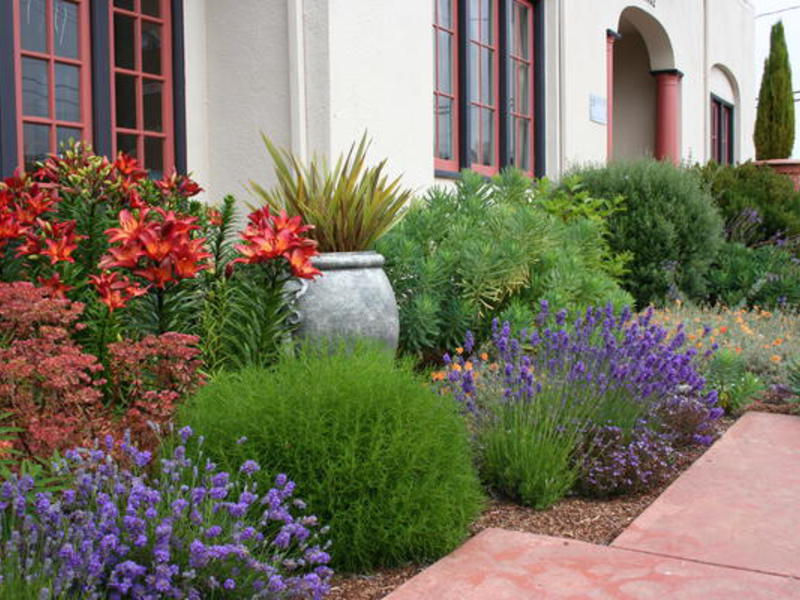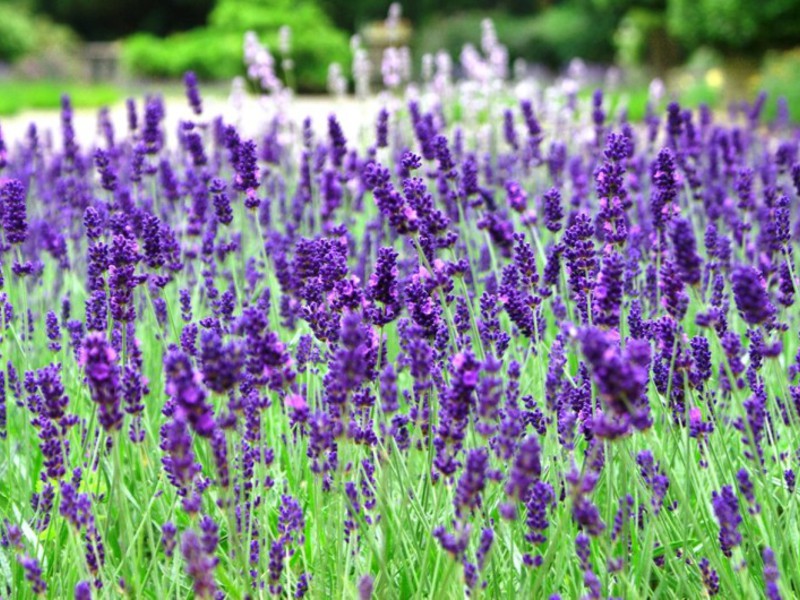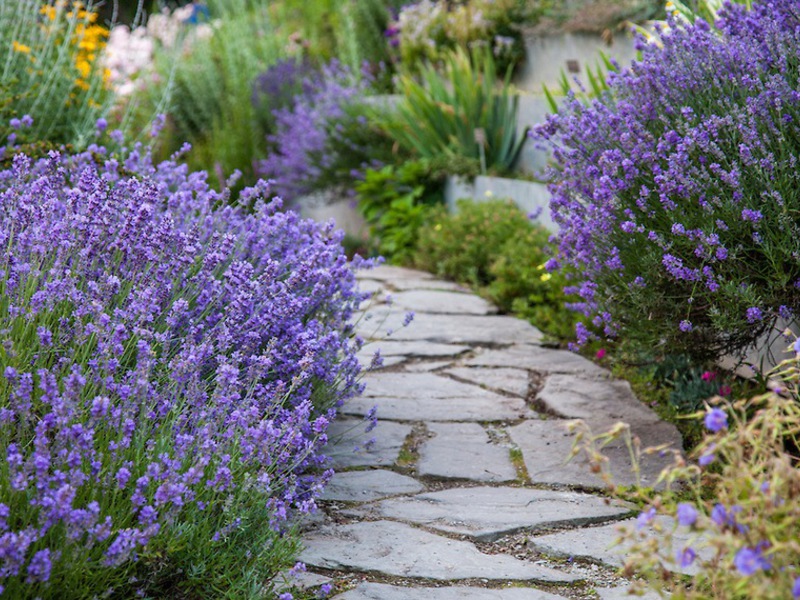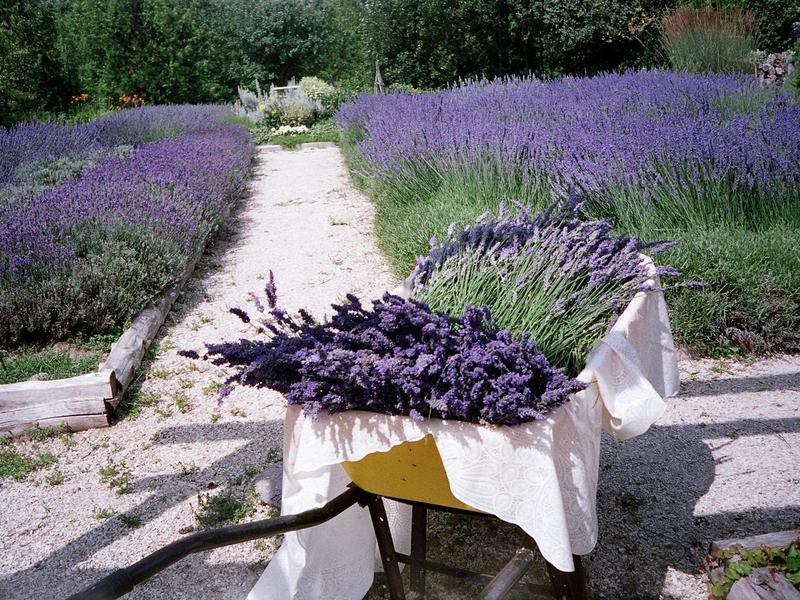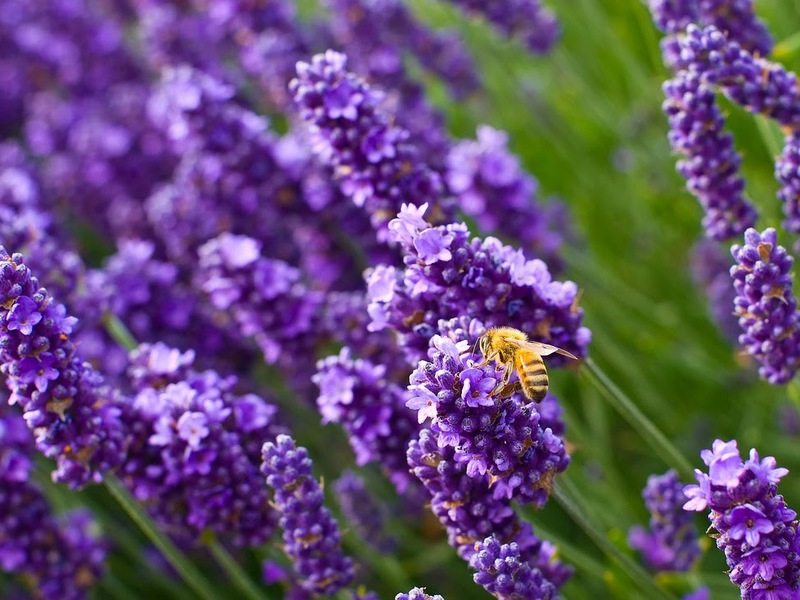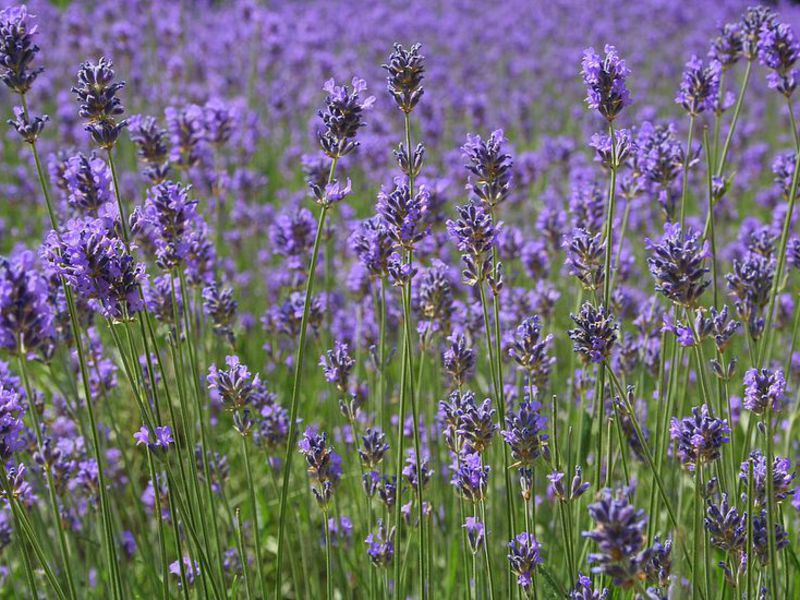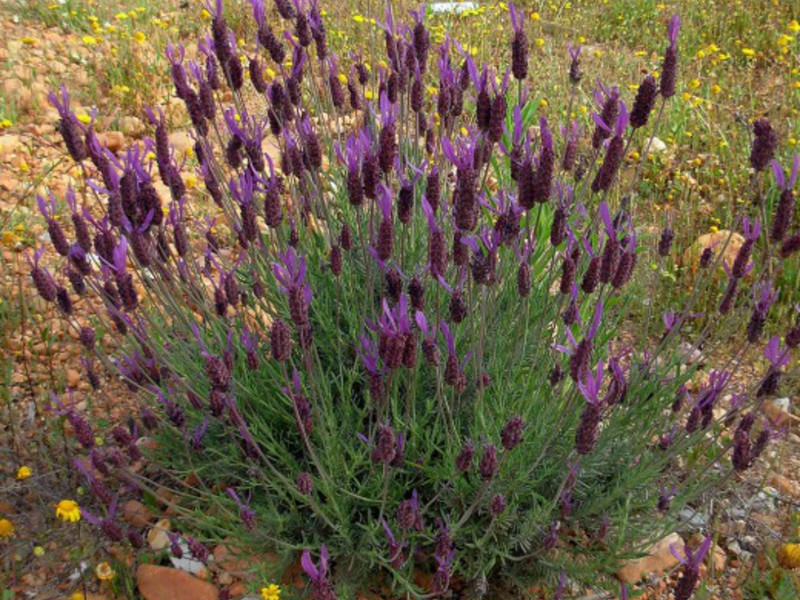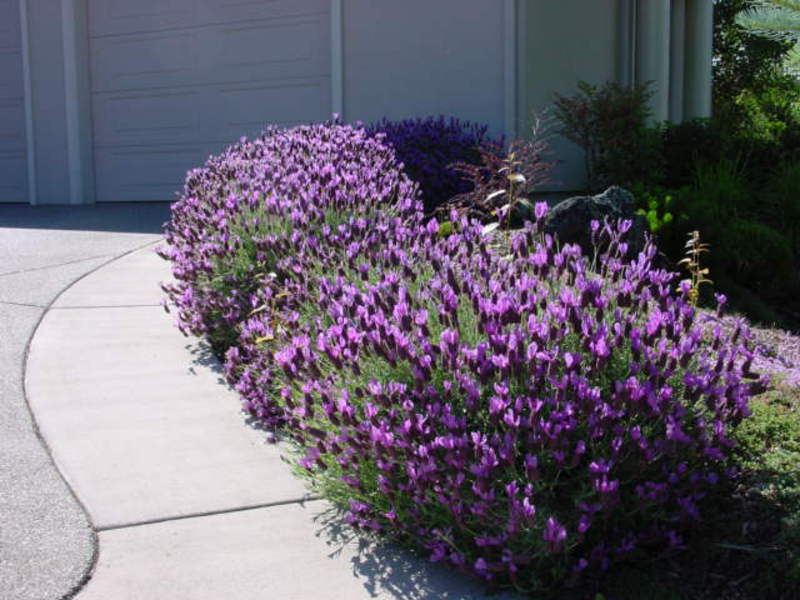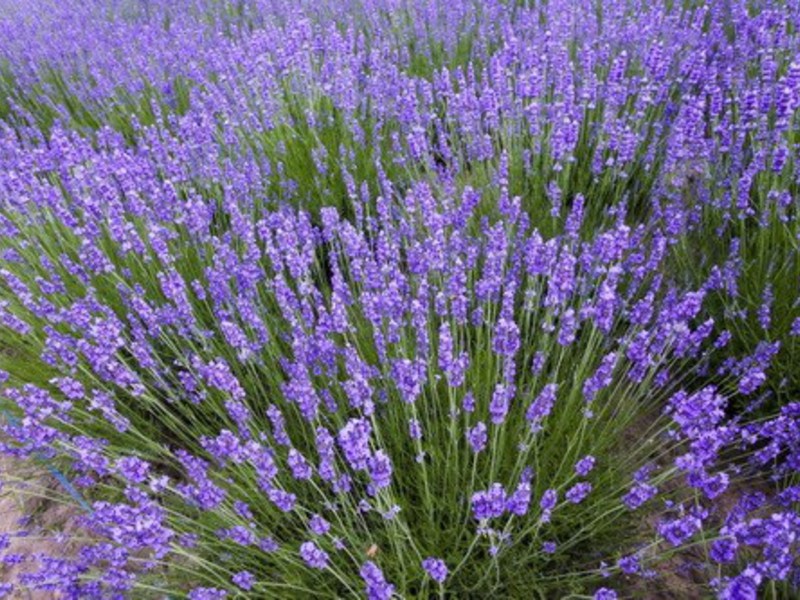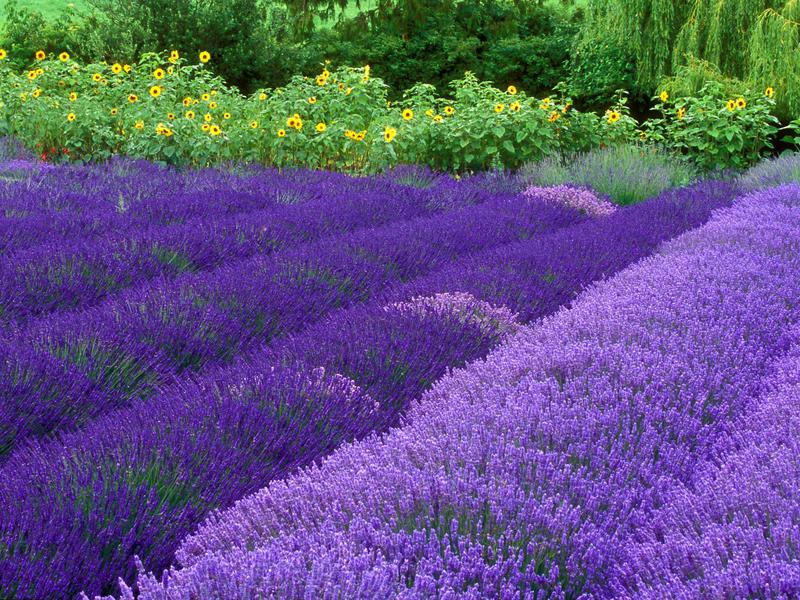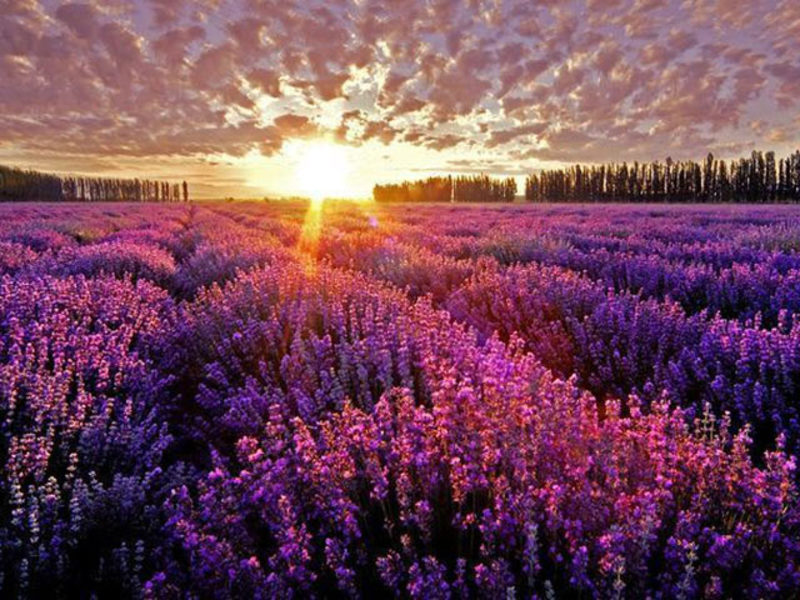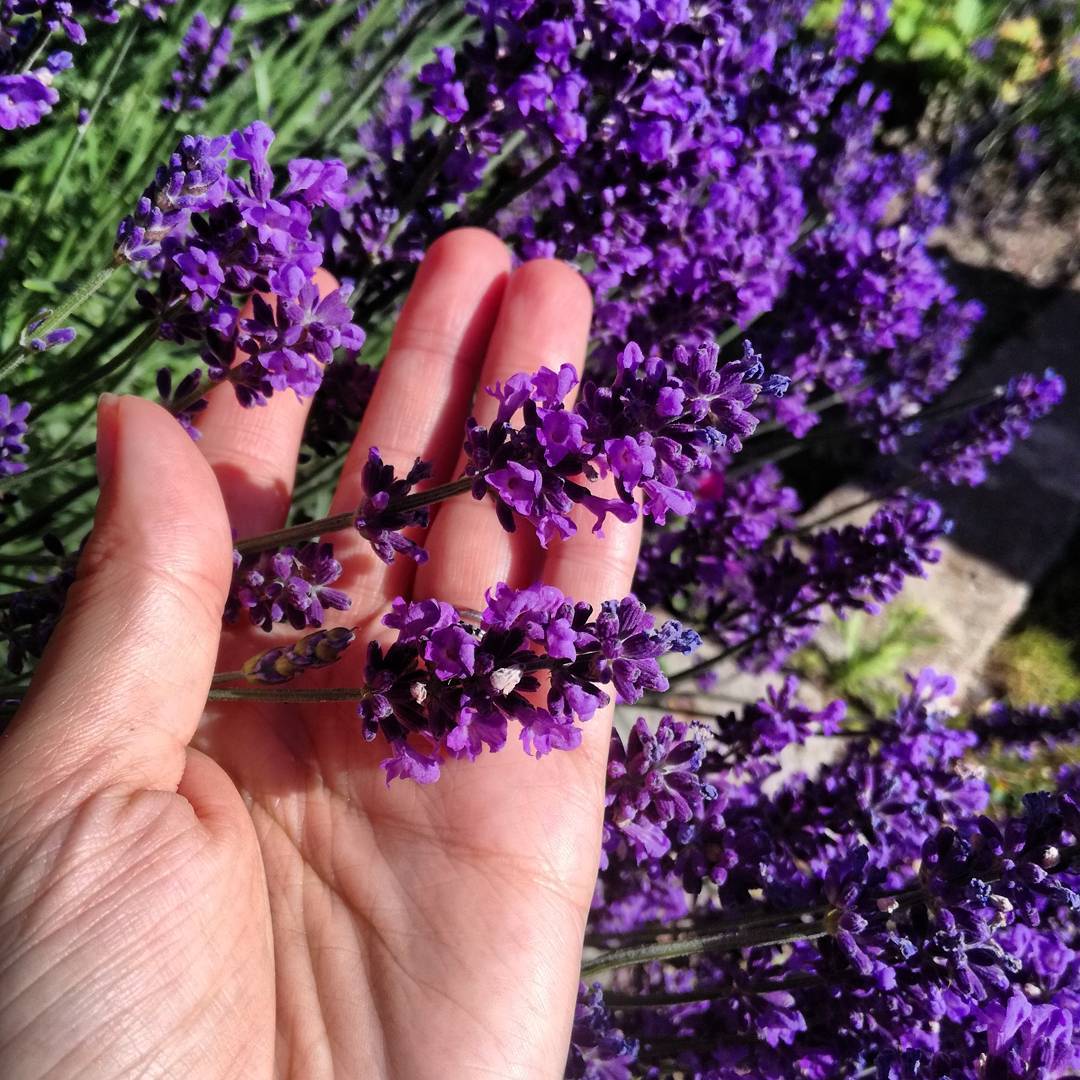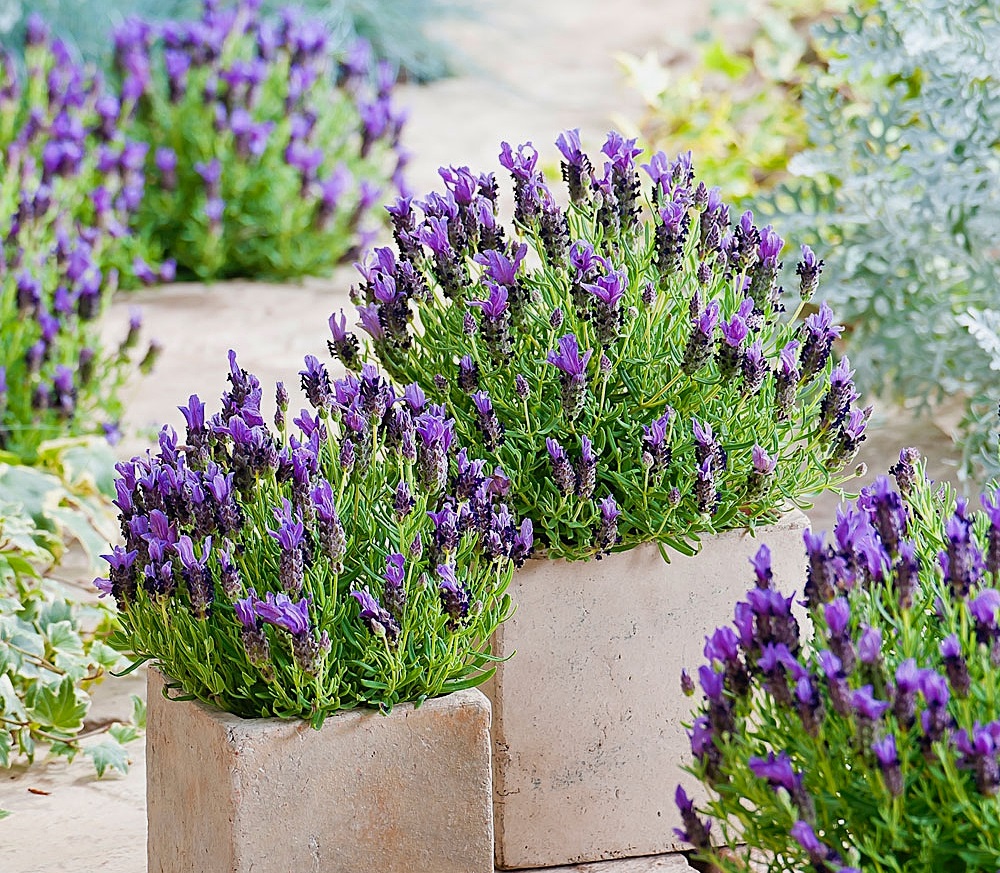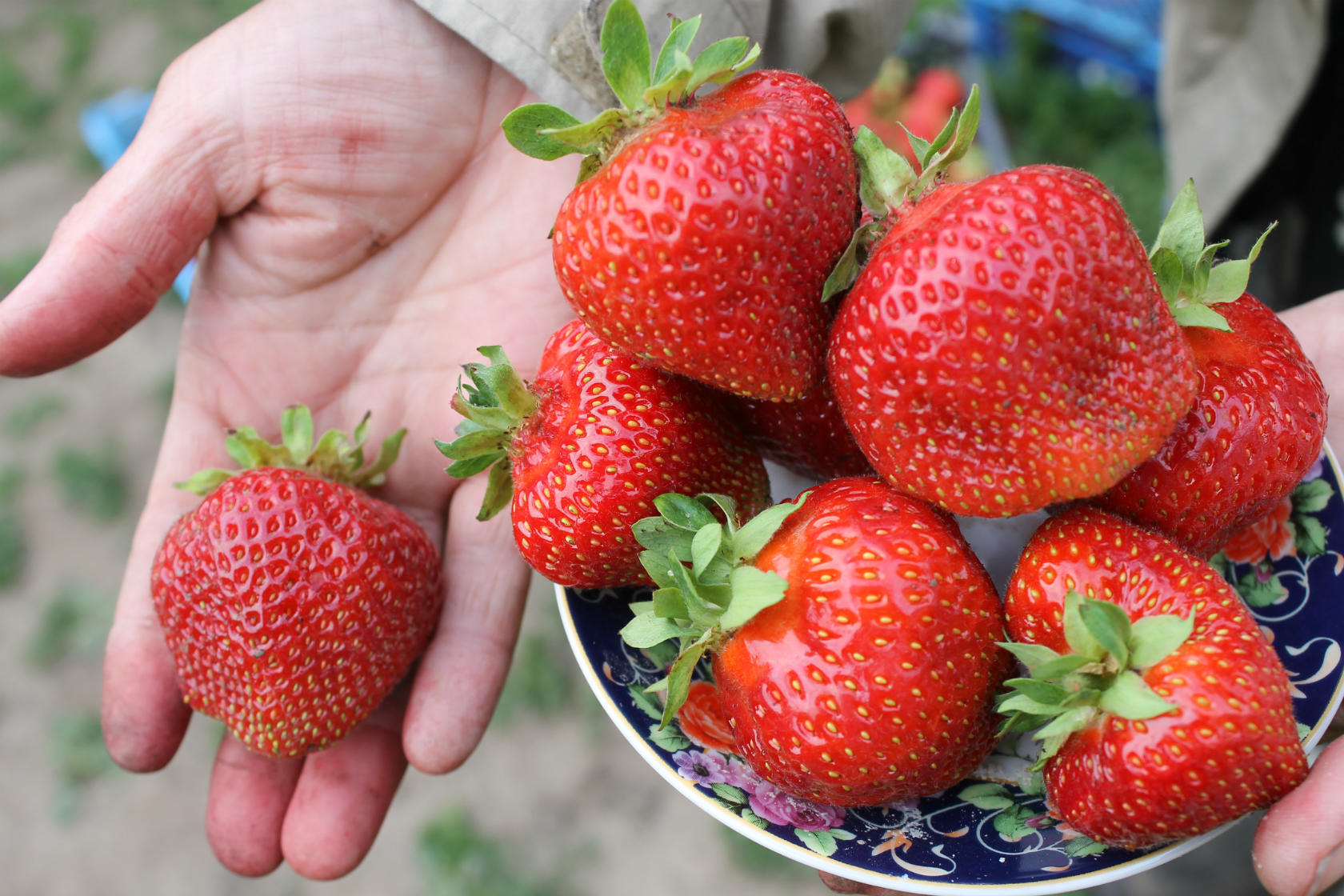In recent years, interest in bright and fragrant lavender has noticeably increased, and it is often used not only by specialists in the field of landscape design, but also by ordinary gardeners. Curbs, rockeries and alpine slides, which are decorated with graceful plant bushes, look very stylish. In addition, lavender does a great job of playing a honey plant in the garden, and it is also widely used in aromatherapy.
Given the unpretentiousness of lavender, a novice florist can also grow it at home. But getting down to business, many face certain difficulties. Therefore, here it is necessary to know certain subtleties so that the efforts expended meet expectations.
Content
Plant features
Lavender is usually referred to the group of evergreen perennial plants. It is a medium-sized culture because it can reach a height of 70-80 cm... At the tops of the shoots there are flowers of purple, lilac or blue color. Because of this, it is perfect for use in landscaping, where it is used to decorate curbs, garden paths and alpine slides. On average, lavender can bloom profusely for 10 years.
It should be remembered that lavender can develop normally only in areas where there are suitable climatic conditions. The harsh winter does not allow this, so this perennial has to be grown at home in individual containers. However, if desired, in the spring, when the last frost has passed, the lavender bushes in pots can be taken out into the fresh air.
Lavender compares favorably with other ornamental plants in that it better tolerates long periods of drought. She is also attractive because bees love her very much and at the same time many pests bypass.
Varieties and types of lavender
The genus of lavender has about 45 species, and their flowering is not limited to purple hues. The color variety is provided by blues and lilacs, as well as blue, pink, white and greenish shades. At the same time, the color design of the petals is only one of the features of the species and varieties of lavender.
Numerous family of lavender includes three groups:
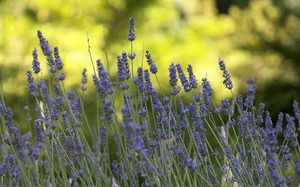 English lavender. It is this variety that has received the greatest distribution in recent years. A characteristic feature is the presence of long narrow leaves and elongated spikelets of inflorescences. This plant can be grown outdoors in winter in the middle lane;
English lavender. It is this variety that has received the greatest distribution in recent years. A characteristic feature is the presence of long narrow leaves and elongated spikelets of inflorescences. This plant can be grown outdoors in winter in the middle lane;- French lavender. She attracts attention to herself with a beautiful shape of flowers, as well as a weakly perceptible aroma. Unlike English lavender, this plant has wider leaves that look great against the background of shortened inflorescences. However, frosts are destructive for her, therefore, it is mainly grown in room conditions;
- Spanish lavender. The most pronounced aroma makes this plant unique, therefore it has been widely used in the manufacture of perfumery products.
Reproduction of lavender
There are many ways to grow new lavender plants. Seed sowing and vegetative sowing are popular. use of stem layering... What unites these options is that here it is imperative to prepare planting and seed material, as well as the place where lavender will be grown.
Preparing for landing
In order to get lavender from young plants, which can quickly grow deciduous mass and please with lush flowering, you must choose the right site for it. This requires consider the following points:
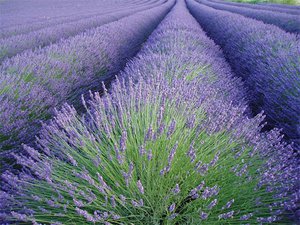 for growing lavender, you must choose an area illuminated by the sun. It is undesirable to plant it in shading conditions, since in this case you can not count on long and lush flowering;
for growing lavender, you must choose an area illuminated by the sun. It is undesirable to plant it in shading conditions, since in this case you can not count on long and lush flowering;- moderate humidity should be maintained on the site, therefore, swampy areas should be avoided, where plants are more likely to die;
- special attention should be paid to the location of groundwater relative to the surface. If they lie in close proximity, then for protective purposes it may be necessary to make an artificial elevation;
- an effective measure is the device of a drainage layer under the planting soil;
- the plant feels most comfortable when growing it on light loose soils. To give them the necessary structure, it is recommended to add compost to the soil before planting.
Reproduction by stem layering
The most efficient and easy way obtaining new lavender plants - vegetative. Any florist can cope with this task, even without experience:
- You need to choose a suitable branch, bend it to the ground and give it a horizontal position;
- The area where the seedling will take root must be sprinkled with a nutritious soil mixture;
- To fix the branch in the selected place, a heavy load is placed on it;
- After about 2-3 months from the moment of bending, the formation of roots is completed at the shoot, and even then it can grow independently;
- Now it can be separated from the mother plant with a sharp knife, and the cut must be processed with crushed charcoal.
Having received full-fledged lavender seedlings, you can proceed to transplant them to a permanent place. Plants are placed not closer than 30-70 cm from each other... However, in any case, you need to focus on the height of an adult bush.
It is possible to increase the chances of survival of cuttings if moderate soil moisture is provided throughout the entire growth period.
Growing from seeds
This breeding method will interest flower growers who have not yet been able to acquire an adult lavender plant. Seeds can be sown at the moment when the snow has completely melted. This usually happens in March-April. However, before planting, it is imperative to harden the seeds using stratification. Under natural conditions, it is carried out by sowing before winter. At home, a slightly different scheme is used. It provides performing the following actions:
- To the prepared seeds, add a handful of clean river sand and mix.
- Next, this mass is placed in a container, and then well wrapped in polyethylene.
- It is then transferred to the refrigerator where it must stand for 45 days.
Having carried out a similar hardening procedure, sowing in pots can be carried out already at the end of winter. Alternatively, you can do this in the spring by sowing seeds in a greenhouse and a heated greenhouse. If the seedlings are grown indoors, the seeds are placed in boxes filled with a nutrient mixture at a depth of about 5 cm along with sand. A favorable moment for transplanting seedlings to a permanent place comes when the last wave of spring frosts has passed.
In the first year of life, a young lavender bush will spend its energy to form the root system. therefore the first flowers will appear only next summer, but in some cases this can happen even after two years.
Further care
Having successfully completed the transplantation of plants in open ground, caring for lavender will be reduced to carrying out the following main activities - loosening, mulching and watering:
 Growing lavender in dense, heavy soils is often challenging. Young bushes feel uncomfortable here, so you need to regularly loosen to provide the roots with air. It also benefits from avoiding the early appearance of weeds;
Growing lavender in dense, heavy soils is often challenging. Young bushes feel uncomfortable here, so you need to regularly loosen to provide the roots with air. It also benefits from avoiding the early appearance of weeds;- mulching with decayed foliage effectively affects the development of lavender. It is used to protect the soil in the aisles, while the places at the base of the bush trunk are left without mulch. Otherwise, it will create favorable conditions for root decay;
- lavender watering is carried out taking into account the drying out of the soil. Although lavender is a drought tolerant crop, the lack of watering for a long time can greatly affect the quality of flowering. Abundant irrigation is also quite dangerous for plants, since this can cause rotting of the roots, as indicated by yellowing of the stems and leaves;
- in the process of caring for lavender, pruning is not required. However, this event is desirable, since it allows you to give ordinary bushes a more decorative shape. This procedure is carried out immediately after the completion of flowering: for this you need to remove the tops of the inflorescences by a few centimeters. At the end of the season, the pruning is repeated, but this time the shoots must be cut above the lignified part. However, it is necessary to observe the measure here, otherwise it can lead to the death of the plant.
Fertilization
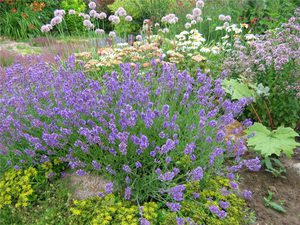 Already in the first weeks of spring, when lavender flowers show the first signs of growth, you can start fertilize with nitrogen fertilizers... Lavender will respond to this by increasing the green mass. However, then feeding can be carried out only until mid-summer. Otherwise, this will greatly affect the quality of flowering, and in addition, it will deprive the perennial of the opportunity to properly prepare for winter. It is best to apply potash fertilizers to the soil at this stage of the life cycle.
Already in the first weeks of spring, when lavender flowers show the first signs of growth, you can start fertilize with nitrogen fertilizers... Lavender will respond to this by increasing the green mass. However, then feeding can be carried out only until mid-summer. Otherwise, this will greatly affect the quality of flowering, and in addition, it will deprive the perennial of the opportunity to properly prepare for winter. It is best to apply potash fertilizers to the soil at this stage of the life cycle.
It should be borne in mind that lavender is unpretentious in cultivation, therefore it can be excellent to do without additional feeding... Although abandoning them will not lead to negative consequences. First of all, fertilizers can be dispensed with if well-ripened compost was introduced into the soil during planting.
Conclusion
Lavender is one of the most popular ornamental plants that many gardeners have probably heard of. It is not difficult to grow this flower on the site, first of all, because it is an unpretentious culture, therefore will not require special care... But if you grow it to get rich and lush flowering, then you will have to regularly care for lavender. Planting and care in the open field should include watering and feeding, which are some of the main activities that will help you achieve your goal.
